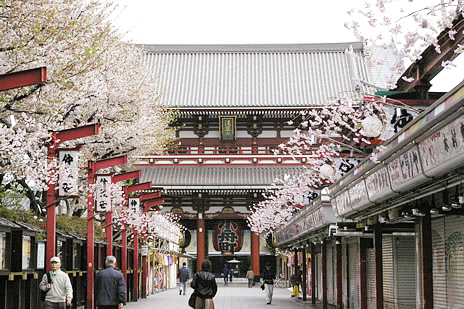As one of the three forms of writing in Japanese, katakana is probably the most
complicated one not in terms of learning how to write it but of the rationals to
use it. According to some textbooks, katakana could be used in such situations
like to describe loanwords and sound, to represent furigana as phonetic symbols,
to write technical terms, to emphasize specific meaning or nuance and so on.
Most of the rules are easy to handle, but some of them are really tricky such as
to emphasize specific meaning or nuance. And what is even more difficult is that
sometimes people use katakana just for fashion or something else. I think that
is part of the Japanese culture, beyond the domain of language rules. Following
are three samples of katakana and the analysis, from which one can see how
complicated but also interesting the problem is.
1.
Loanwords/Foreign names
This is a picture
from a famous Japanese comic/cartoon Detective Conan名探偵コナン. The name Conan is
from the author of Sherlock Holmes, Sir Author Conan Doyle, a world-known
English writer. Therefore, it is written in katakana.
2.Fashion?
The picture is
from an interesting website Culture Japan which introduces a lot about Japanese
food, places of interest, social activities, etc. This is a signboard of
東京チカラめし, a well-known restaurant in Japan. チカラ is the pronouciation of 力, a
kanji which means power and energy. There might be two reasons for this
rewritten sign. The first one is that the Chinese character力 is similar to カ in
katakana. In order to avoid the misunderstaning, 力 is replaced by katakana.
Secondly, katakana is more fashionable than hiragana, which is often regarded as
childish.
3.
Loanwords/Fashion
This is a picture
of a food packaging box, from a blog of a Japanese writer. Here we have several
names rewritten in katakana, all from foreign names of food. The name on the top
on the packing box クッキース is from the English name "cookies". The three names on
the bottom on leftside list three tastes of the cookies. The first one is the
ココナッツ coconut; the second one is カスタードcustard;the last one is チョコーレートchocolate.
The interesting thing is that there is Japanese expression for coconuts, which
is 椰子の実. The reason why katakana is used here is probably twofold. The first one
is to be consistent with the other two flavors which can only be written in
Katakana. The other is to be fashionable. Also it seems that the latter two
kinds of food are not avaible in the previous Japan.
Another issue that
I want to talk about here is the comparison between the way in which Chinese and
Japanese convert loanwords to their own languages. The similarity seems to
reside on the conversion of names. These two langueges both use the sound of
their own characters to represent the names of people, places, countries and so
on. But the difference is that Japanese always use the sound of katakana to
represent the loanwords no matter what kind of words they are, while Chinese
will try to use the meanings of Chinese characters to actually translate it. For
instance, for Conan, the Japanese name コナン and the Chinese name 柯南 both only
represent the sound. But when it comes to "party", Japanese still uses the
katakana recording the sound: パーティー. Chinese, on the contrary, uses 聚会 to
translate the meaning of party which is "to come together and to meet" but not
to represent the sound. This is a topic really worth discussing. I hope I will
have more chance to get access to this kind of knowledge about the interaction
between different languages.





